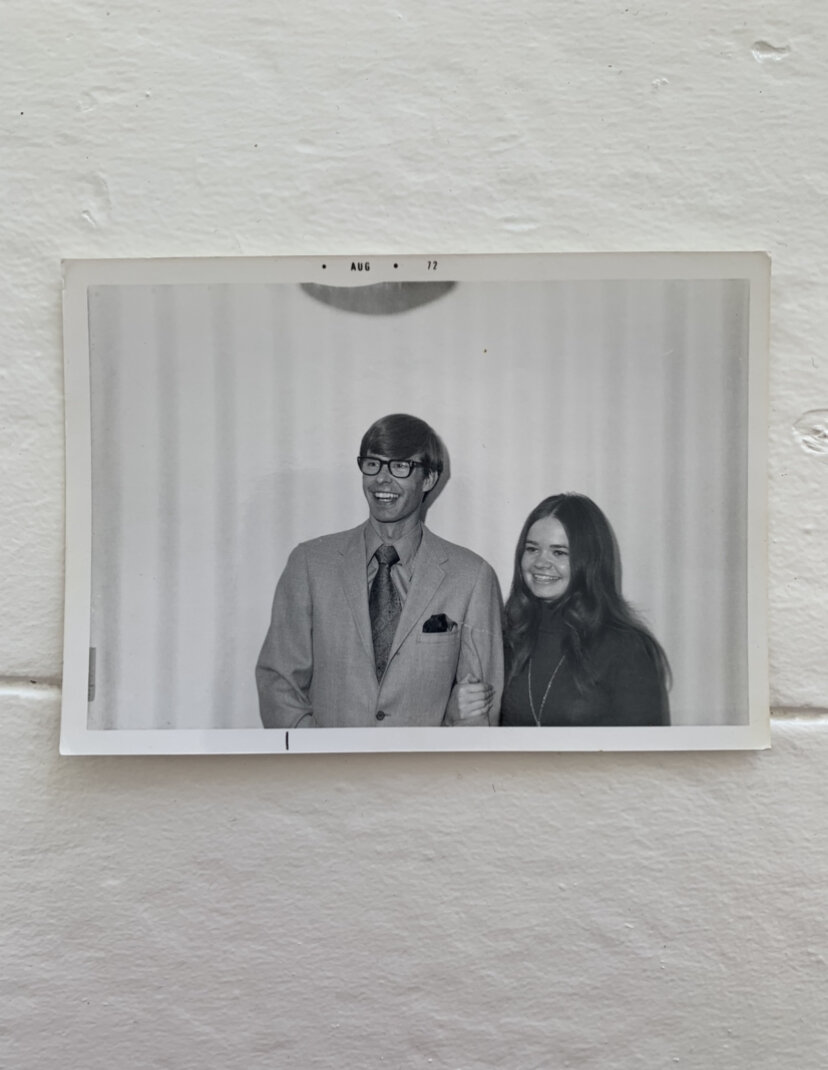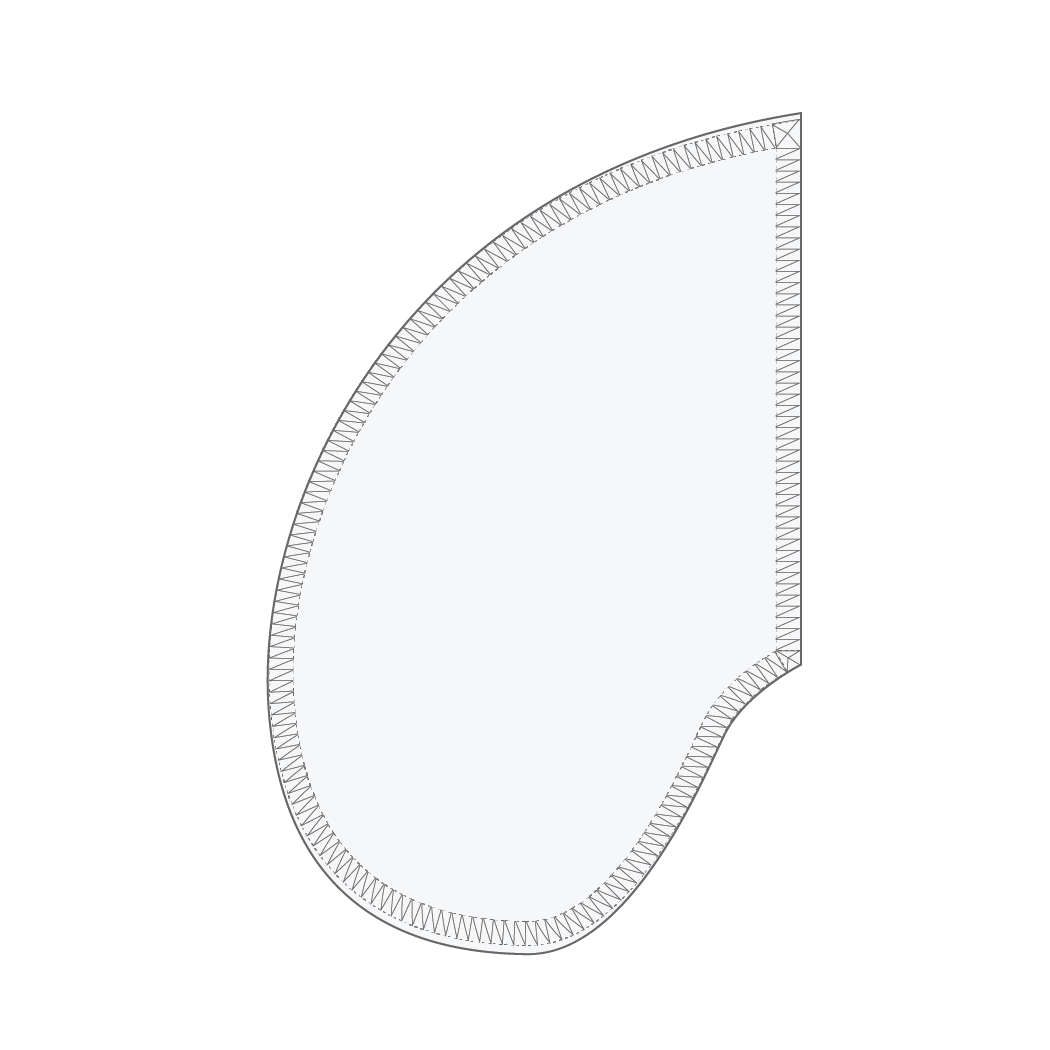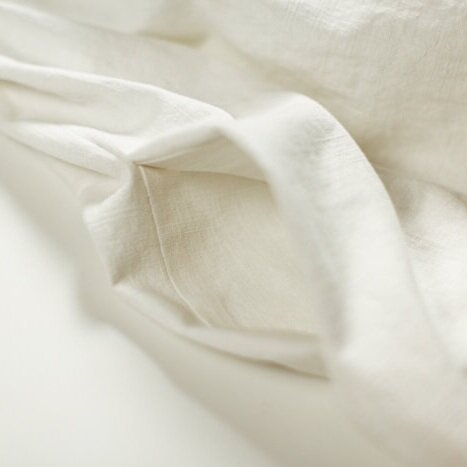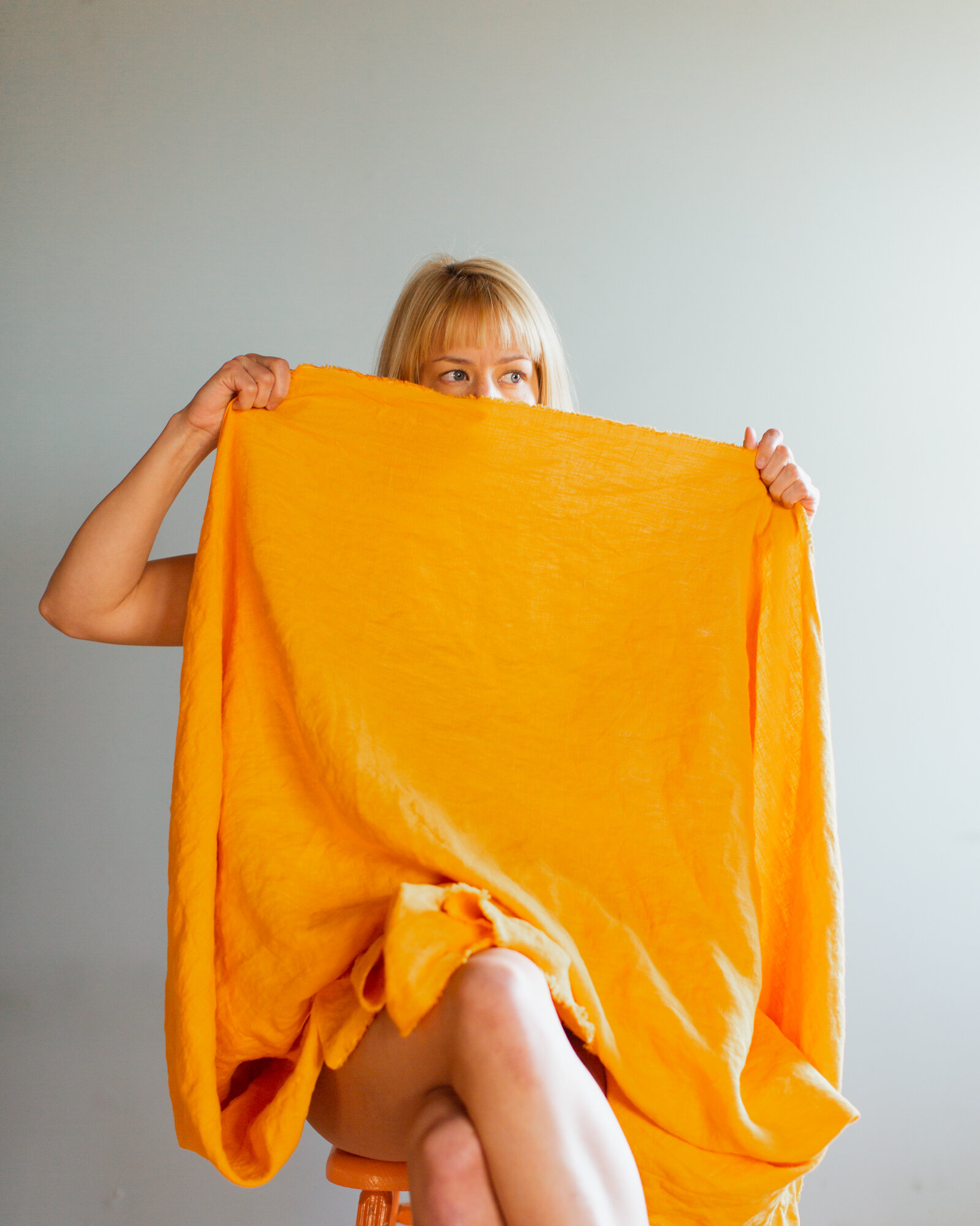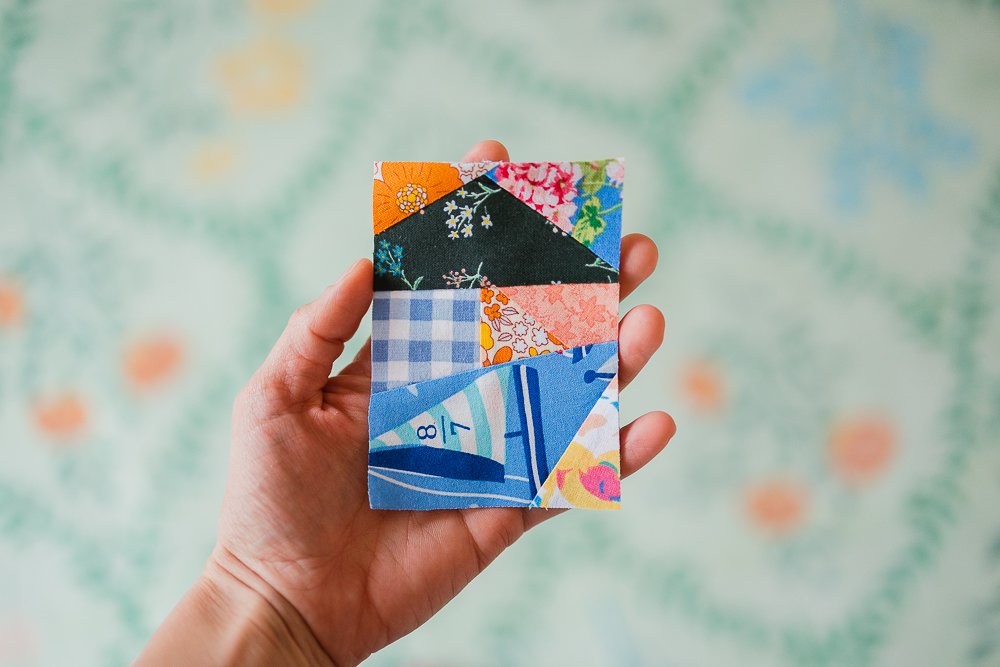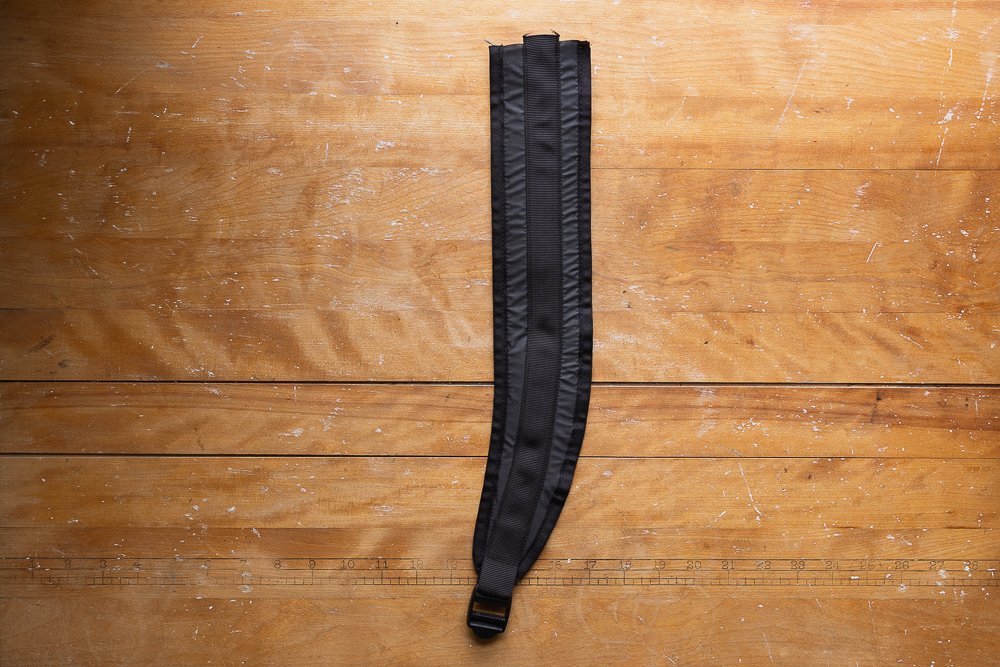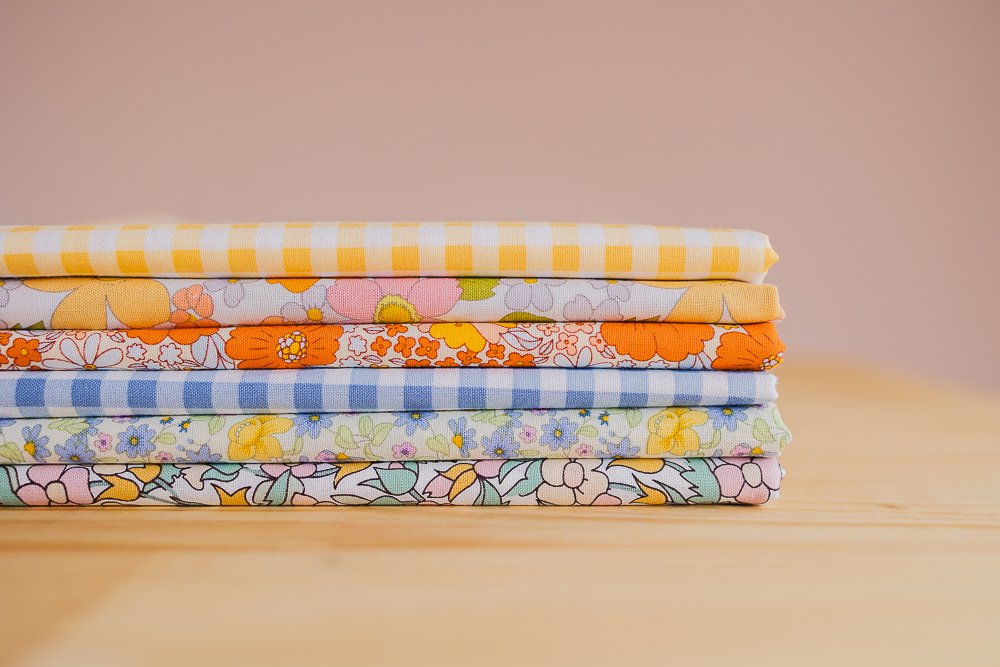I recently posted this video, and I wanted to show you the more messy parts of how I made it.
One principle I see over and over again is that anytime something is birthed, it’s messy. I grew up on a farm and have seen many, many, many births. It’s always messy and painful. But the result is beautiful.
The same goes for creation of our projects.
Here’s my messy creation process
1) The best thinking happens while driving for me. I go on long drives just to come up with ideas. The idea for this video came on a drive, so I recorded the basic structure of how I wanted the story to go into my phone while rolling along the river.
2) Sitting on my bed a few days later, I re-recorded the story into my phone (much quieter in my house than in my car) in sections. At first I tried to record the whole thing straight through, but that was hard to not mess up, so I recorded it in 14 parts.
3) I went through hundreds of photos at my parents house (on multiple occasions). I was looking for:
Photos of construction work on the house
Photos of the family
Photos of the new farm location
Photos of Grammie and Papa
Photos of my parents
My original idea was to tell the story through props. I was going to use popsicle sticks to build the house and a little toy truck to haul the house down the road. I went to the store and bought supples, and then went back to get even more supplies. But I couldn’t quite get it the way I wanted. So I scraped that idea and realized photos were a good option.
4) It was a task to sort them out and decide which photos were best to use, and to decide the order. This took a long time.
5) There were lots of gaps in the story that couldn’t be told through photographs, so I had to come up with ideas of other things to illustrate the story. This part was hard because I also had to figure out how to make the props visually engaging for the duration of time they were being talked about. That’s how I came up with the idea of writing, so there would be movement on the screen for a longer period of time to keep interest.
6) After putting photos and props in the chosen order and running through several practices, I set up the camera and recorded it. I hit record, then sat under the tripod and slowly piled on the story pieces.
7) I imported the audio files and video file into Adobe Premier Pro and edited them together. It took some time to get each part to line up. Lots of the video parts are sped up or slowed down dramatically from their original state.
8) After seeing about how long the video was, I knew how long the piano part had to be. I recorded the piano and made the song roughly as long as the video.
9) After final edits, I hit publish. This step is simple but isn’t to be overlooked in any birth process. Without hitting send, your creations are not birthed into the world. It’s the scariest part, but one of the most important steps.
All in all, it took me several weeks of thinking, rethinking, collecting more photos, re-working ideas. The final product is very different than my original imaginings. Very different but better. It’s finally done, birthed into the world. The mess is cleaned up, the photos are back at my parents’ house where they belong, and my camera is waiting for its next story.

